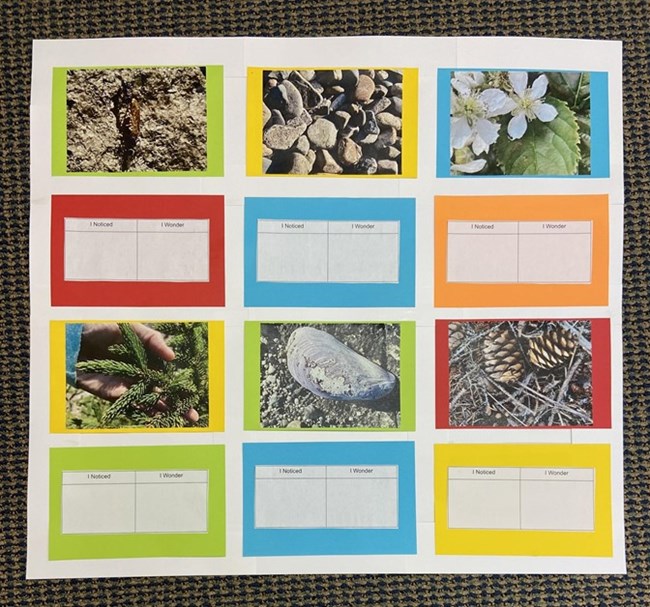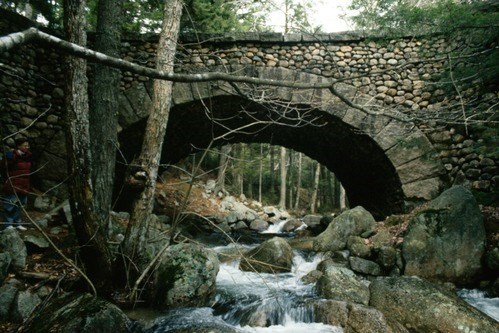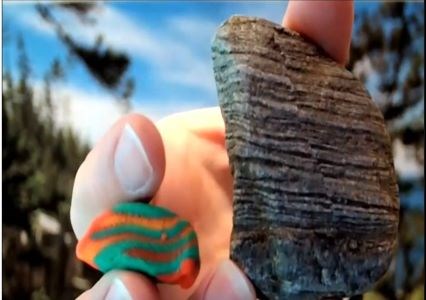Acadia National Park is fortunate to have the support of local teachers who have spent years creating a body of work to bring students outside with curriculum compatible content. All lesson plans are written in the "5E" format, originally a science lesson plan template, that intentionally engages students in a specific phenomena with explanations and extensions included. Each of the lessons were created for educators, by educators. Any books, materials, or links suggested in these lessons are not endorsed by the National Park Service.All lessons are designed to be stand-alone, but compliment the wide variety of distance learning and field trip programs offered through Acadia National Park. Looking for activities or crafts to pair with lessons? Peruse our teacher designed activities. 
Outdoor EthicsK-2: Nature QuiltWhat does it look like to observe nature? Students will be able to connect to their outdoor environment through observation and thoughtful interaction. Grades 6-8: OO,OO, OO Nature
MathGrades 6-8: Data ScientistThere are many types of migration, human migration, animal migration, even plant migration.Bird migration is the regular seasonal movement of birds, often north and south. Migration is driven by resources such as food and nesting sites. Migration has a large mortality rate due to many factors. Students will investigate and map some of these patterns in birds.
History3rd Grade: Carriage Road Explorers Post ActivitiesStudents will be able to identify the people who were influential in the creation of the carriage road system in Acadia National Park.Students will be able to perform, draw, or creatively explain 2 main players in the creation of the carriage roads and describe their contribution. Literacy
Crystal Lewis Science
Students will make observations of rocks along the shore of Mount Desert Island (site to be determined by teacher). Students will categorize rocks, and will use resources to identify types of rocks. Students will create a journal entry with drawing and description so work can be continued in the classroom without the rock sample.
Students will be able to define types of weather.
Students will be able to use tools to measure weather. Students can make predictions about forecasts and weather. Grades 3-5: Pre-ChemistryStudents will do a simple experiment to become more familiar with what an acid is and what is a base.
Grades 6-8: Physics of WavesStudents will be able to:
● List the types of waves. ● Label parts of a wave. ● Explain how waves travel
Students will be introduced to algae and research the different kinds. Students then will make algae in the classroom and take a field trip to see and observe macroalgae.
Students will be able to define what a watershed is.
Students will be able to explain why a watershed is important.
Students will be able to read and share science material. Students will be able to measure and define the aspects of a healthy watershed. Grades 6-8: Organisms in and Around WaterStudents will take a look at different ways water makes its way to a pond/lake. Students will also be thinking about how that water carries contaminants and sediment and what impact that has on ponds/lakes. Students will make a food chain and/or a food web to share what biotic factors play a role in watersheds. |
Last updated: November 4, 2022
